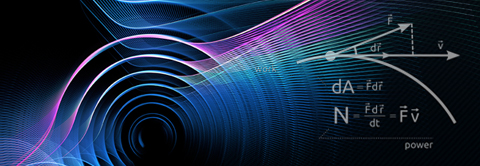| 날짜 | 2024-10-21 13:00 |
|---|---|
| 연사 | |
| 장소 | E6-2 #3441 |
Non-Hermitian topological phases have recently garnered increasing attention since they possess richer topological properties than those in Hermitian systems. In the theory of topological phases, the bulk-edge correspondence (BEC) takes one of the most important roles. For the topological phases characterized by the point gap, which is an energy gap unique to non-Hermitian systems, the BEC has been established for the systems with periodic boundary systems (PBC), semi-infinite boundary conditions (SIBC), and open boundary conditions (OBC) as detailed in [1]. Further, in Hermitian systems, the BEC is extended to the junction systems consisting of two subsystems with independent topological invariant. In the non-Hermitian system, however, the BEC has not been discussed for the junction systems so far. In this work, we clarify the BEC for point gap topological phases in junction systems [2]. As shown in Fig. 1, we consider a one-dimensional junction system with PBC where two ends of a subsystem are connected to those of the other subsystem so that the whole system forms a ring geometry. Each subsystem has asymmetric hopping terms and its own point-gap topological invariant. We confirm that the spectrum for the junction system with PBC appears on the complex-energy plane where the difference in winding number for each subsystem is non-trivial. We further study eigenstates in the junction systems and find that unique ''non-Hermitian proximity effects'' occur near the interface. These results establish the BEC for the point-gap topological phases in junction systems with PBC, which is regarded as a natural extension inferred from the BEC in Hermitian systems. We also examine the junction system with OBC then confirm that the spectrum for the junction system with OBC appears on and inside the spectrum for the corresponding junction system with PBC. We further extend the BEC for point-gap topological phases to multi-segmented junction systems, which may provide deeper insights into spectrum and localization phenomena across various models.







